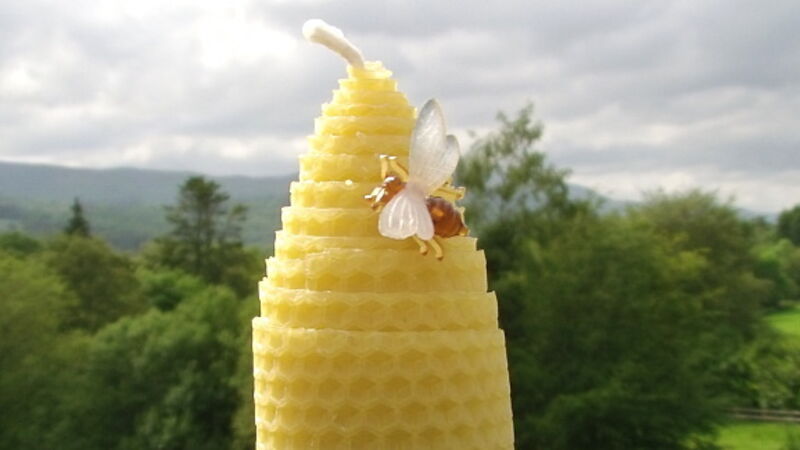It’s time to put a wax candle in the window

With the longer nights and with Christmas drawing ever near, it is a good time to start making beeswax candles.
The pleasant aroma and the cosy light of the natural was candles add a very pleasant atmosphere to winter evenings and to the festive dining table.













